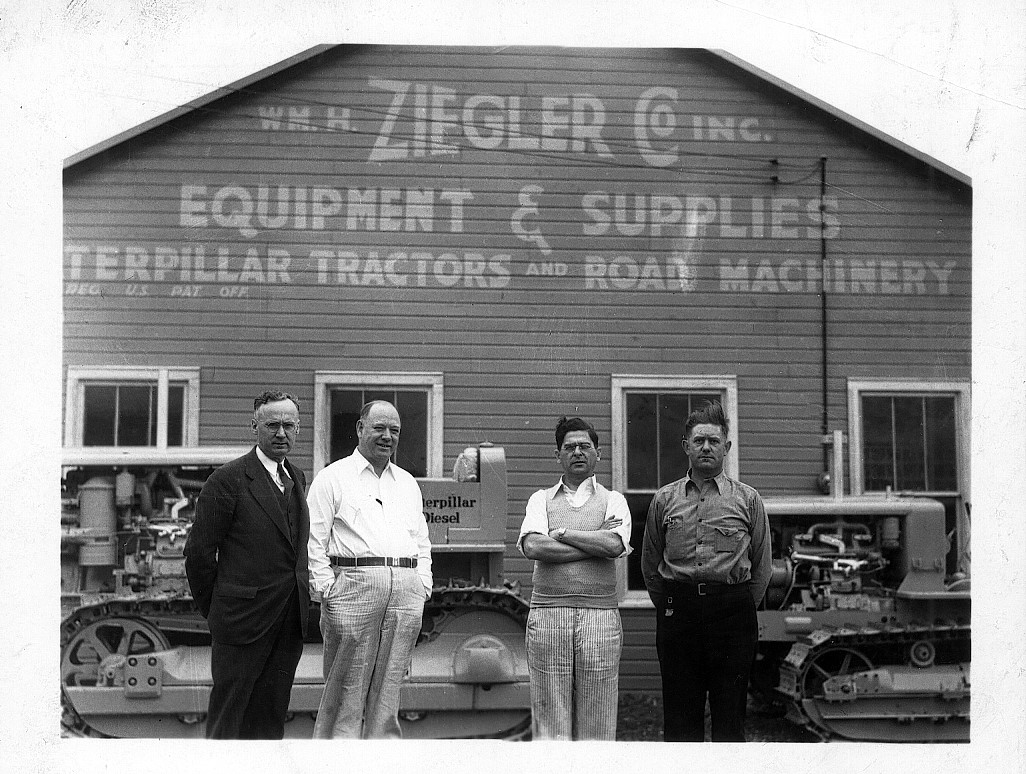
Published on April 24, 2025
World War II and Economic Revival (1934–1944)
The years from 1934 to 1944 marked a period of transformation for Ziegler CAT, as the company navigated the challenges of the Great Depression’s aftermath and responded to the demands of World War II. It was a decade of resilience, innovation, and growth, as Ziegler solidified its reputation as a trusted provider of heavy equipment in the Midwest.
The Road to Recovery
By the mid-1930s, the United States was beginning to recover from the economic turmoil of the Depression. Public works projects funded by the federal government continued to drive demand for construction and earthmoving equipment. Ziegler CAT, with its strong relationship with Caterpillar and its growing inventory of reliable machinery, became a key partner for contractors working on these vital infrastructure projects.
During this time, the company also began expanding its customer base beyond construction. Farmers in Minnesota and Iowa, looking to modernize their operations, turned to Caterpillar tractors and other machinery sold by Ziegler to increase efficiency and productivity. This diversification proved essential as Ziegler prepared for an era of heightened industrial demand.
Supporting the War Effort
When the United States entered World War II in 1941, Ziegler CAT played a critical role in supporting the military’s needs for construction and logistics equipment. Caterpillar machinery, distributed by Ziegler, was deployed to build airstrips, military bases, and other critical infrastructure both at home and abroad.
As a key Caterpillar dealer in the Midwest, Ziegler also ensured local contractors and farmers had access to equipment vital for maintaining food production and infrastructure. With much of the labor force redirected to the war effort, machinery became indispensable for completing large-scale projects with fewer hands.
A Decade of Growth Despite Adversity
Despite material shortages and other wartime challenges, Ziegler CAT’s reputation for reliability and superior service grew. The company’s adaptability during the war years set a standard for its future, showcasing its ability to maintain operations even under extreme circumstances.
By the end of the war, Ziegler CAT had not only survived but emerged stronger, poised to meet the growing demand for heavy equipment in the post-war boom that would soon follow.
Locations Opened During This Decade
· Crookston, MN – 1935
· Des Moines, IA – 193
Posted In: Behind the Scenes

